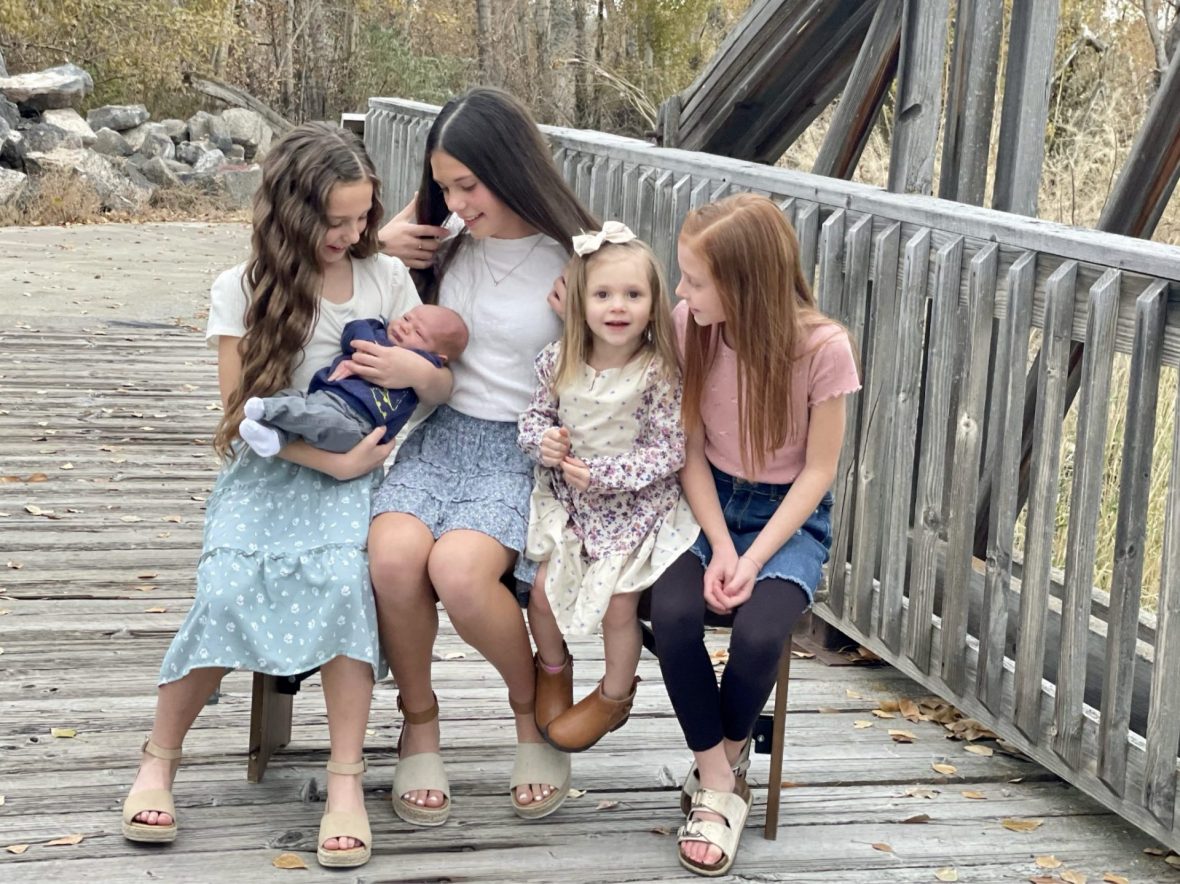Folks with 3-year-olds know it’s the best age for some effortless hide-and-seek. Don’t tell my kid I said this, but she’s always easy to find, and choosing my hiding spot is even easier. The coat closet by our living room is my go-to. Gets her every time.
My only rules: Don’t make it too hard for a little one to find you and always act surprised when they do.
Not to brag, but with five kids under the age of 12, I am a hide-and-seek guru. But a recent game of hide-and-seek with our 3-year-old taught me something, or at least
reminded me of something, I forgot.
“Dad, you count, I’ll go hide under your bed (my emphasis) and you come find me, K?” she said after prodding me to play with her.
I explained that she just spilled the tofu about her hiding spot and that the game was now pointless. She either didn’t understand that or couldn’t care less.
Then, the inner guru reminded me of something. Hide-and-seek with a 3-year-old isn’t about hiding or seeking. It’s about spending time together.
With our five children seemingly changing by the minute and summer only a coat closet away, spending meaningful time together has been on my mind.
And it haunts me a little.
My wife could tell you how I’m an occasional guru at disappearing to the patio to scroll social media, sneaking off to watch TV downstairs to decompress after work, or driving around aimlessly after a long day, only to end up at McDonald’s eating a couple McDoubles, my McFavorite.
Call it adult hide-and-seek.
Then our 12-year-old hits me with why she “needs” and “deserves” a cellphone when I don’t think 12-year-olds are ready for that, and I remember what every more experienced parent and grandparent I know has told me: “Cherish these years, Grasshopper, because they grow up way too fast.”
Unfortunately, research supports my guilt.
“Children need high-quality time with parents and caregivers,” writes Jessica Alvarado of the National Association for the Education of Young Children. “That is what is most beneficial to children and what can have a positive effect on them as they grow.”
But it’s less about hours spent together and more about meaningful activities planned and executed, Alvarado writes, citing a recent study in the Journal of Marriage and Family. Alvarado floats nine tips for busy families like mine:
- Have a daily “connect time” with your kids.
- Create a special ritual. Alvarado suggests reading one book of your child’s choosing to them per night.
- Tell your kids you love them.
- Reinforce positive behaviors.
- Make and eat meals together, a personal fav.
- Set time for an activity of your kids’ choosing.
- Play with them – even if it’s for a few minutes outside before you drop them off at school or soccer practice.
- Create ways to laugh with them.
- Turn off technology when you’re together.
No. 6 surfaced at our house recently. The kid choosing the activity: our 9-year-old. The activity: jelly bean tasting. The goal: “Beanboozle” Dad.
Most jelly beans taste fine. But our 9-year-old’s jelly beans have those random disgusting flavors. What looks like peach could be barf (actual flavor name, apparently). Caramel corn could be moldy cheese.
They’re genuinely gross, and I couldn’t tell – or smell – the bad ones without crunching into one. I finally warmed up to eating one of our 9-year-old’s choosing. Watching Dad choke down rotten egg seemed to make her night.
I rinsed my mouth. We laughed (see No. 8 above).
Which leads me to my own family-fun tip. No. 10: Don’t pass on a request to connect, even if it involves a little taste of rotten eggs. Or barf.
How do you find ways to meaningfully connect with your kids? How do you find balance between your much-needed alone time and spending time with them? Let me know at [email protected]. Devin and Nicki Bodkin are parents to five kids who attend public schools in Blackfoot. Devin is a member of the EdNews board of directors and a former journalist and teacher. He now works for INL.


